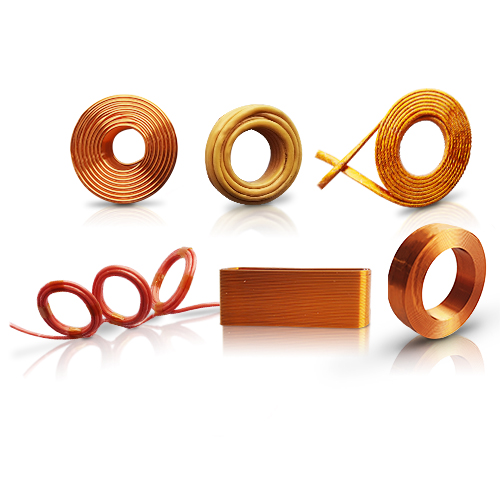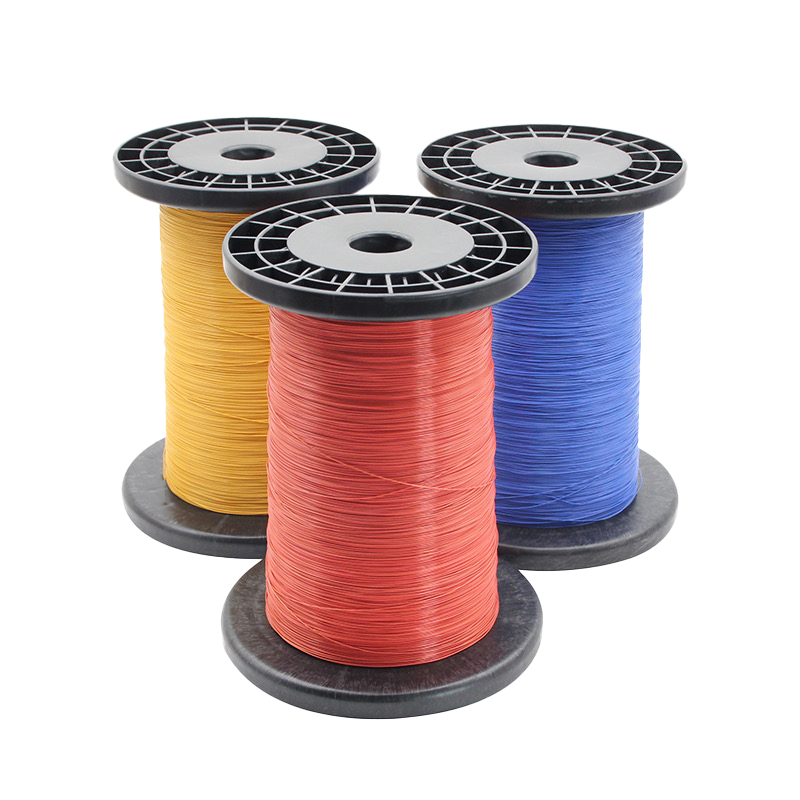common problem
-

What are the causes of blackening of coils?
Xiaobian today with you to understand the problem of coil blackening, of course, in life people often encounter the problem of coil blackening, many people do not know what this phenomenon is for, please look below: First, copper wire annealing process Copper wire annealing refers to a metal hea...Read more -

Conventional self-adhesive coil and irregular self-adhesive coil foreground
Network communication, consumer electronics, 5G equipment, photovoltaic equipment, new energy fields, these industries with the rapid rise of the domestic economy, as the upstream product chain of self-adhesive coil market demand rises sharply. Every coin has two sides. Theoretically, a big marke...Read more -

Do you know what Teflon insulated wire is
Today we will discuss the difference between three-layer insulation and enamelled wire. These two wires are the most basic and widely used in the insulated wire industry. Let's get to know the three-layer insulation wire and enamelled wire ...Read more -

Do you know what Teflon insulated wire is
Teflon insulated wire refers to the insulated wire made of fluoroplastic (ETFE), commonly known as fluoroplastic insulation, and wrapped with metal conductors. ETFE is characterized by good processing and molding, balanced physical properties, good mechanical toughness, ...Read more -

What is high temperature stranded square conductor
The high temperature stranded square conductor is a kind of high temperature insulated wire independently developed by our company. Its appearance is made of high temperature insulating tape. The wire core is made of multiple enamelled copper wires. Why do we choose to d...Read more
